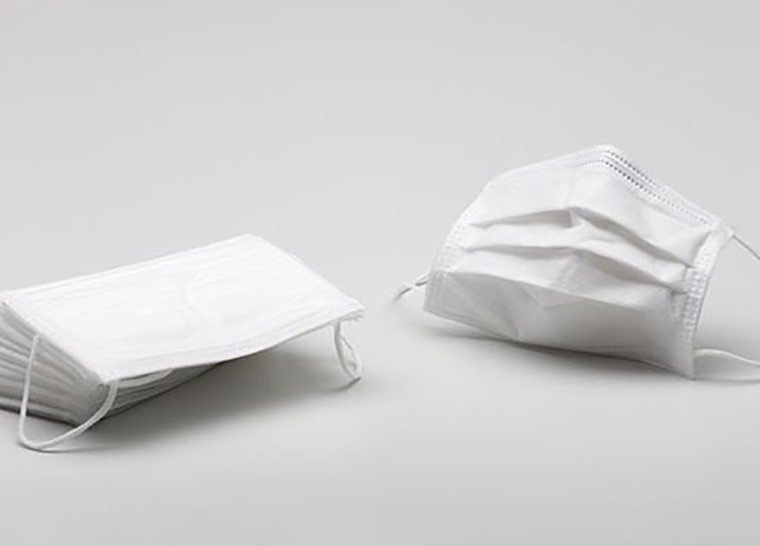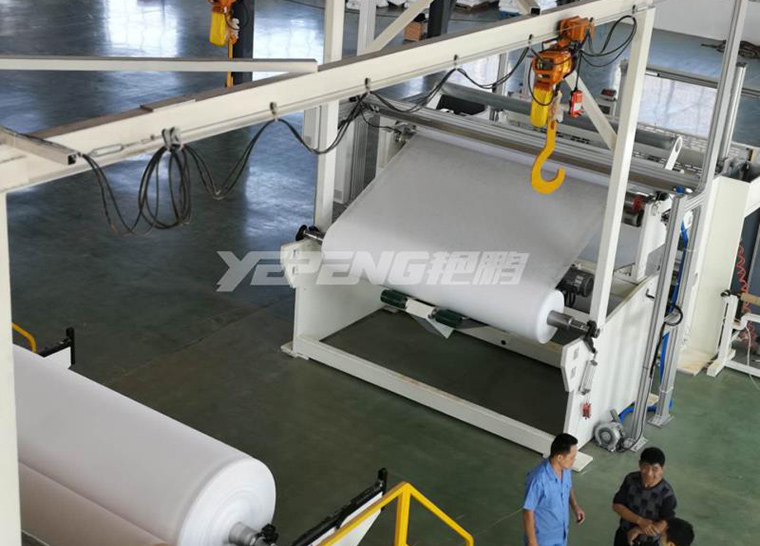If measured by the annual GDP growth rate, the five major countries in Southeast Asia ( Thailand, Malaysia, Vietnam, Philippines, Indonesia ) In 2020, China's economy will decline. The new coronavirus has had a devastating impact on key industries in these five countries, especially those heavily dependent on tourism. Like almost every country in the world, the new coronavirus has led to border closures, business closures and a sharp rise in unemployment. The government's response is to substantially increase economic stimulus and unemployment spending.
Although the economic outlook of these regions in 2021 is uncertain, the overall outlook is optimistic. GDP growth will depend on the management of vaccines, the control of disease, and the management of exports and internal blockades. China's economic strength is expected to boost Asia's economic prospects and support the five countries' exports to China.
It shows the preliminary estimates of GDP growth of these five major countries in Southeast Asia in 2020. Only Vietnam achieved positive GDP growth of 2.6%. Indonesia, the largest economy in the region, has achieved an annual growth rate of 5% since 2014, and then dropped by - 2.4% in 2020.
In Malaysia, GDP fell 5.2% after a weaker performance in 2019. In Thailand, GDP in 2020 is 6.4% lower than that in 2019. GDP in the Philippines has fallen the most, by 9% in 2020. When assessing the changes of GDP in small economies, we must realize that the year-on-year changes of GDP are larger than those in larger economies. With the growth of national economic aggregate, the annual GDP growth measured by annual percentage change will weaken over time.
COVID-19's impact on the five countries' nonwovens industry is far less than its overall economic impact. Due to domestic and export protection products ( Protective clothing and mask ) The demand of nonwoven fabric is increasing, which promotes the production of nonwoven coil. Like other countries, consumers' demand for disinfected wipes and other wipes and sanitary products ( Diapers, etc ) Demand is rising.

Driven by favorable population structure, economic situation, increasing market penetration and strong local and export demand, Southeast Asia is still a promising area in nonwovens industry. Despite the uncertainty brought by COVID-19, the impact of the recent slowdown in the region and its relatively small impact on manufacturing investment and consumer spending will be resolved quickly through the economic stimulus plan.
In Southeast Asia and China ( Market penetration is still low ) The gradual increase of market permeability of disposable and durable nonwovens is a positive factor in the good growth of demand and export of Nonwovens in these major Asian markets. Over time, it is expected that the nonwovens producers in the five Southeast Asian countries will benefit from the strong demand of China, Japan and other countries in and outside the Asia Pacific region. The largest end market for nonwovens will be sanitary products, followed by durable geotextiles and other markets.
Several global and regional disposable health products manufacturers have already been deployed in Southeast Asia, including Kimberley ( Kimberly - Clark )、 Johnson ( Johnson & Johnson )、 peony ( Kao )、 P & G ( Procter & Gamble ) And Eunice ( Unicharm )。 The increase in the capacity of health goods in Southeast Asia shows the growing demand in the region, and also proves that the region is increasingly becoming a manufacturing base for export to other Asian regions.
In 2020, the production capacity of Nonwovens in Southeast Asia mainly includes spunbond / melt spinning, staple fiber needling and / or thermal bonding, and polypropylene spunbond needling technology. There are also some small-scale hot air production lines are constantly developing.
During 2015-2020, the capacity of fine denier spunbonded and melt spun polypropylene nonwovens installed in five Southeast Asian countries / regions will increase by 6.6% annually, from 185000 tons in 2015 to 255000 tons in 2020. During this period, the newly increased production capacity of 70000 tons includes 15000 tons of CNC / FITESA in Thailand, 20000 tons of Asahi (Thailand) and Toray (Indonesia) respectively, and 15000 tons of fibertex (Malaysia).









